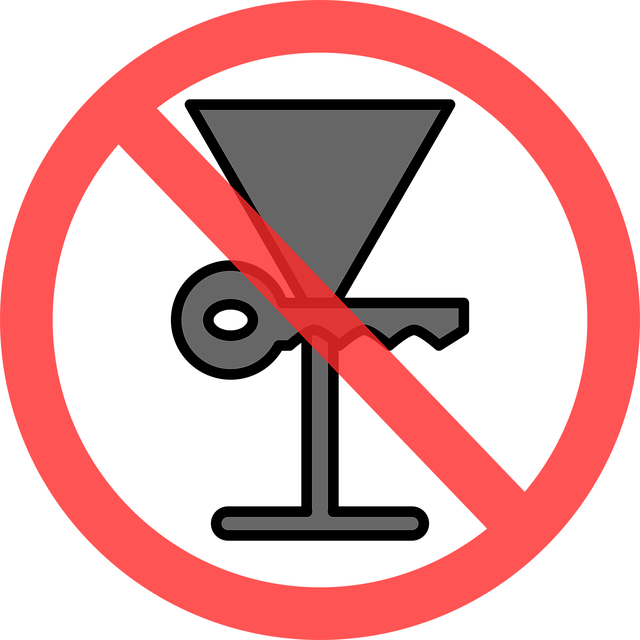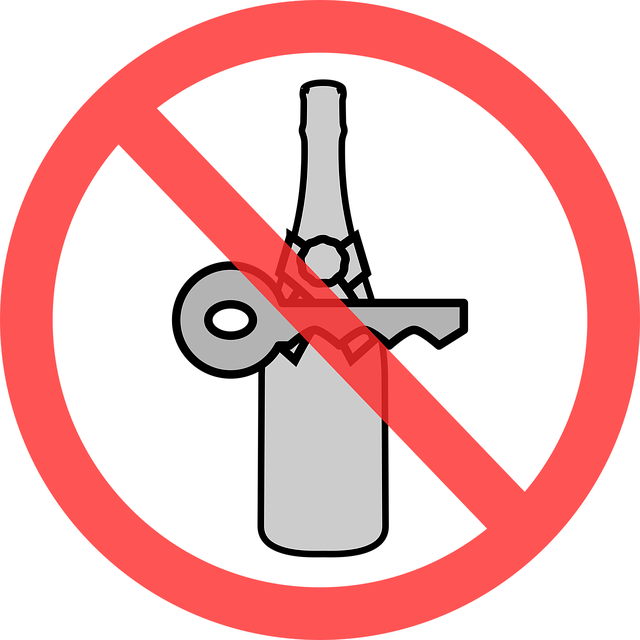Understanding Blood Alcohol Level (BAL) testing procedures is crucial for Commercial Driver DUI Defense. Standardized breath or blood samples accurately measure alcohol concentration, impacting case outcomes. Strict protocols ensure proper machine calibration and adherence to guidelines during collection and handling. Knowledge empowers attorneys to challenge test results, potentially exonerating clients. Stricter regulations and penalties require commercial drivers to understand their rights and demand specialized defense. Expert witnesses educate courts on proper test administration and potential errors. Case studies offer valuable insights for successful defenses through strategic challenges to BAL testing.
In the realm of Commercial Driver DUI defense, understanding intricate legal strategies is paramount. This article delves into the nuances of blood alcohol level (BAL) testing procedures, a crucial aspect in navigating these cases. We explore challenges unique to commercial drivers, their legal rights, and innovative defense strategies. Furthermore, we analyze scientific evidence interpretation and present compelling case studies, offering valuable insights for professionals in this field. By understanding BAL testing, you’ll be better equipped to navigate complex DUI scenarios.
- Understanding Blood Alcohol Level Testing Procedures
- Challenges in Commercial Driver DUI Cases
- Legal Rights and Defense Strategies
- Scientific Evidence and Its Interpretation
- Case Studies: Successes and Lessons Learned
Understanding Blood Alcohol Level Testing Procedures

Understanding Blood Alcohol Level (BAL) Testing Procedures is a crucial step in Commercial Driver DUI Defense. BAL testing, typically conducted using breath or blood samples, measures the concentration of alcohol in an individual’s system. This process is standardized and regulated to ensure accuracy and reliability, given that it significantly impacts the outcome of a DUI case.
The procedure begins with proper administration protocols, such as ensuring the individual is of sound mind and not under the influence during testing. Accurate results also hinge on the use of calibrated machines and adherence to established guidelines for collection and handling of samples. Knowledge of these procedures allows defense attorneys to scrutinize test results, challenging any potential discrepancies that could exonerate their clients in Commercial Driver DUI cases.
Challenges in Commercial Driver DUI Cases

Commercial driver DUI cases present unique challenges that differ from regular DUI prosecutions. One significant difficulty is the strict regulations surrounding blood alcohol level (BAL) testing for commercial drivers. These drivers often operate vehicles valued at thousands of dollars, and their employment depends on adhering to zero-tolerance policies for alcohol consumption. As a result, any trace of impairment can lead to severe consequences, including loss of job and license.
Another challenge is the use of different standards for BAL testing. Commercial drivers are typically tested using breathalyzer devices or blood tests, with results interpreted under more stringent legal thresholds than those applicable to non-commercial drivers. The precision and reliability of these tests are crucial, as even marginal errors can have profound impacts on the outcome of a case, potentially mitigating sentences but also raising concerns about public safety.
Legal Rights and Defense Strategies

For commercial drivers facing DUI charges, understanding their legal rights is paramount. Unlike regular drivers, they are subject to heightened regulations and penalties due to the nature of their work. Upon arrest, it’s crucial for them to exercise their right to remain silent, as any statements can be used against them in court. They should also request a lawyer immediately, as this ensures they receive specialized defense representation.
Defense strategies in commercial DUI cases often involve challenging the reliability of Blood Alcohol Level (BAL) testing methods. This includes questioning the calibration and maintenance records of breathalyzer machines, as well as contesting the admissibility of results if proper protocols weren’t followed. Additionally, attorneys may argue that a driver’s job performance and safety record should not be automatically inferred as indicative of guilt, requiring concrete evidence linking alcohol consumption to impaired driving abilities.
Scientific Evidence and Its Interpretation

Scientific evidence plays a pivotal role in Commercial Driver DUI cases, particularly when it comes to determining blood alcohol level (BAL) and guilt. Accurate BAL testing is essential to ensure fair trials, as it provides concrete data about a driver’s intoxication at the time of arrest. Standardized field sobriety tests and breathalyzer readings are commonly used methods for BAL assessment. However, interpretations must be meticulous; even minor procedural errors or device malfunctions can significantly impact results.
Expert witnesses often play a crucial role in these cases, offering insights into proper test administration and potential sources of error. They help the court understand that while scientific tools like breathalyzers are reliable indicators of BAC, they aren’t infallible. Interpretations require consideration of factors such as testing protocols, maintenance records, and individual physiological variations to ensure justice is served.
Case Studies: Successes and Lessons Learned

In the realm of Commercial Driver DUI defense, case studies offer invaluable insights into navigating complex legal landscapes. Success stories highlight innovative strategies that have secured favorable outcomes for drivers facing charges, often resulting in reduced sentences or complete dismissals. For instance, a skilled defense attorney might challenge the admissibility of Blood Alcohol Level (BAL) testing results by questioning the calibration and maintenance records of the device, thereby undermining the prosecution’s case.
Conversely, less successful cases can also serve as learning opportunities. These instances often involve overlooked procedural errors or ineffective communication strategies. For example, a driver’s refusal to submit to further testing might have been better handled with more empathetic counseling, avoiding potential arguments that could have weakened their defense. Such lessons underscore the importance of staying abreast of legal precedents and tailoring defense strategies to the unique circumstances of each case.
Commercial drivers facing DUI charges must navigate a complex legal landscape, especially given the stringent regulations in place. Understanding the intricacies of blood alcohol level (BAL) testing procedures is crucial, as these tests often form the backbone of prosecution cases. By recognizing potential challenges and employing strategic defenses, such as questioning the reliability of breathalyzer results or attacking the validity of field sobriety tests, accused drivers can protect their rights. Examining scientific evidence critically and leveraging case studies showcasing successful defense strategies can provide valuable insights for those facing these unique legal obstacles.






